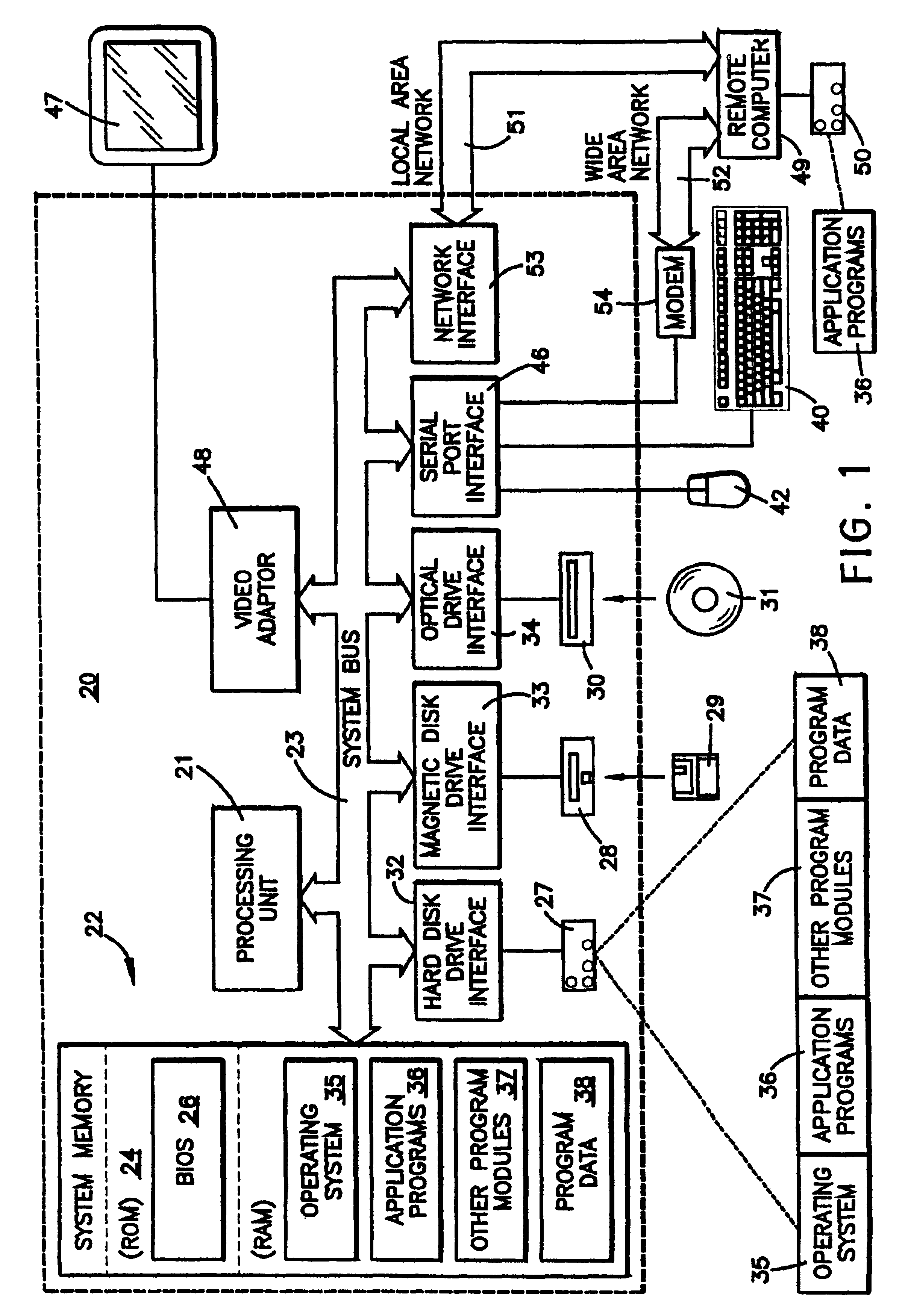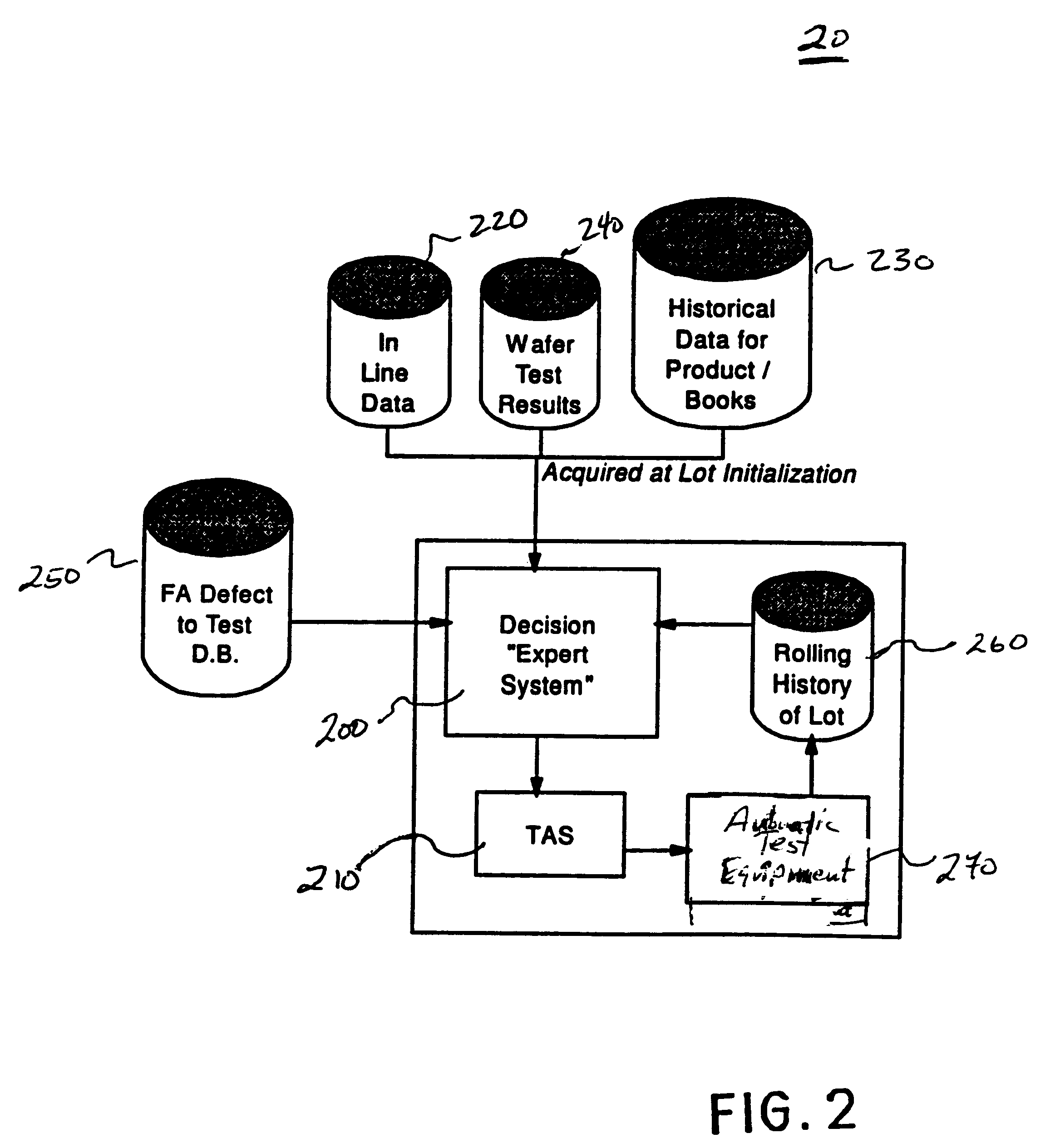Method for test optimization using historical and actual fabrication test data
a technology of historical and actual fabrication and test data, applied in the direction of individual semiconductor device testing, semiconductor/solid-state device testing/measurement, instruments, etc., can solve the problems of inconsistency of tests, increased cost per yield, and current methods that include manual pattern ordering that does not provide real-time testing
- Summary
- Abstract
- Description
- Claims
- Application Information
AI Technical Summary
Benefits of technology
Problems solved by technology
Method used
Image
Examples
Embodiment Construction
The present invention is primarily disclosed as a method, it will be understood by a person of ordinary skill in the art that an apparatus, such as a conventional data processor, including a CPU, memory, I / O, program storage, a connecting bus, and other appropriate components, could be programmed or otherwise designed to facilitate the practice of the method of the invention. Such a processor would include appropriate program means for executing the method of the invention. Also, an article of manufacture, such as a pre-recorded disk or other similar computer program product, for use with a data processing system, could include a storage medium and program means recorded thereon for directing the data processing system to facilitate the practice of the method of the invention. It will be understood that such apparatus and articles of manufacture also fall within the spirit and scope of the invention.
FIG. 1 shows an exemplary data processing system for practicing the method of the in...
PUM
| Property | Measurement | Unit |
|---|---|---|
| voltage stress VDD voltage | aaaaa | aaaaa |
| defect | aaaaa | aaaaa |
| defect signature | aaaaa | aaaaa |
Abstract
Description
Claims
Application Information
 Login to View More
Login to View More - R&D
- Intellectual Property
- Life Sciences
- Materials
- Tech Scout
- Unparalleled Data Quality
- Higher Quality Content
- 60% Fewer Hallucinations
Browse by: Latest US Patents, China's latest patents, Technical Efficacy Thesaurus, Application Domain, Technology Topic, Popular Technical Reports.
© 2025 PatSnap. All rights reserved.Legal|Privacy policy|Modern Slavery Act Transparency Statement|Sitemap|About US| Contact US: help@patsnap.com



